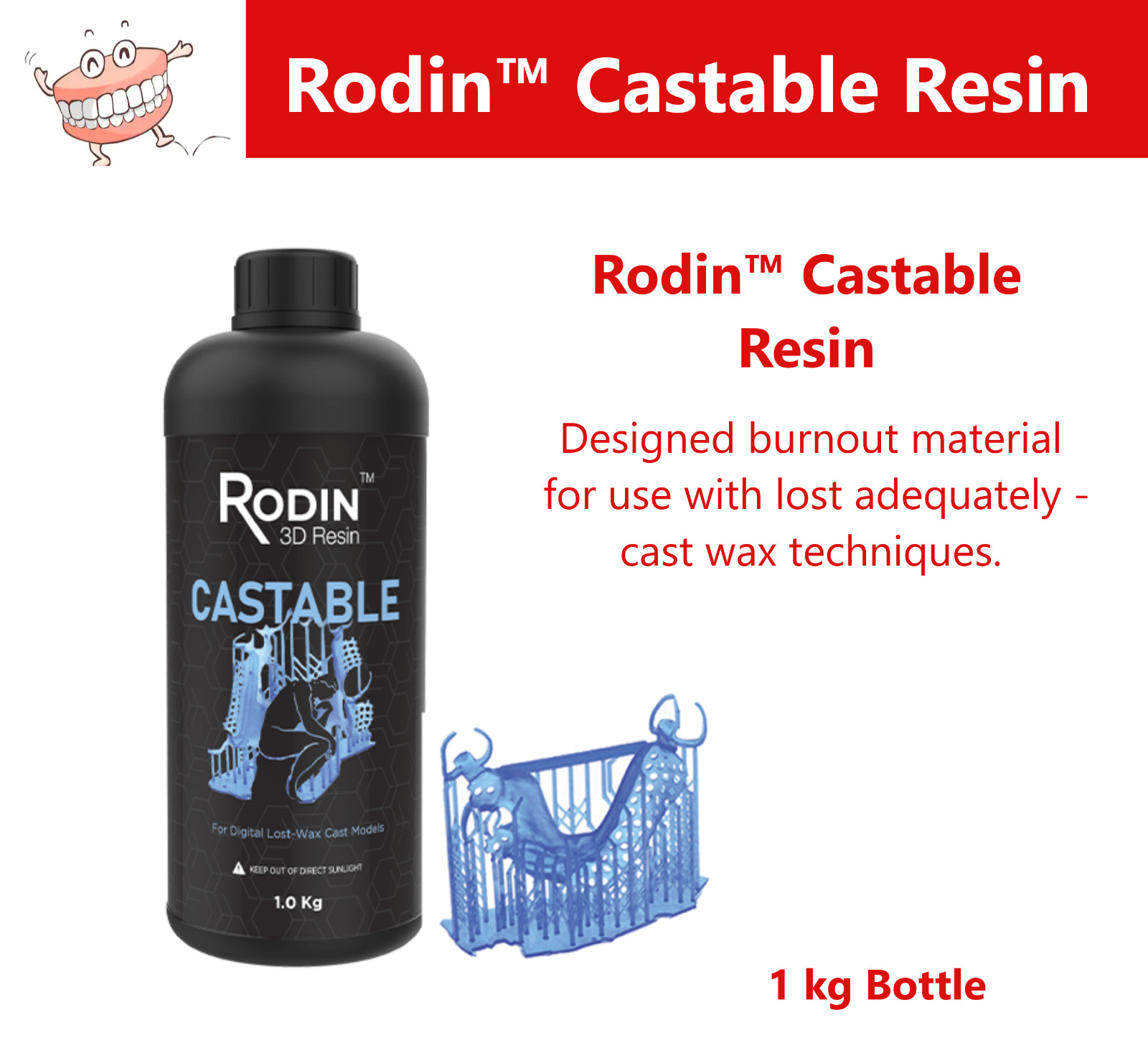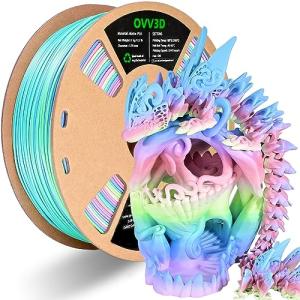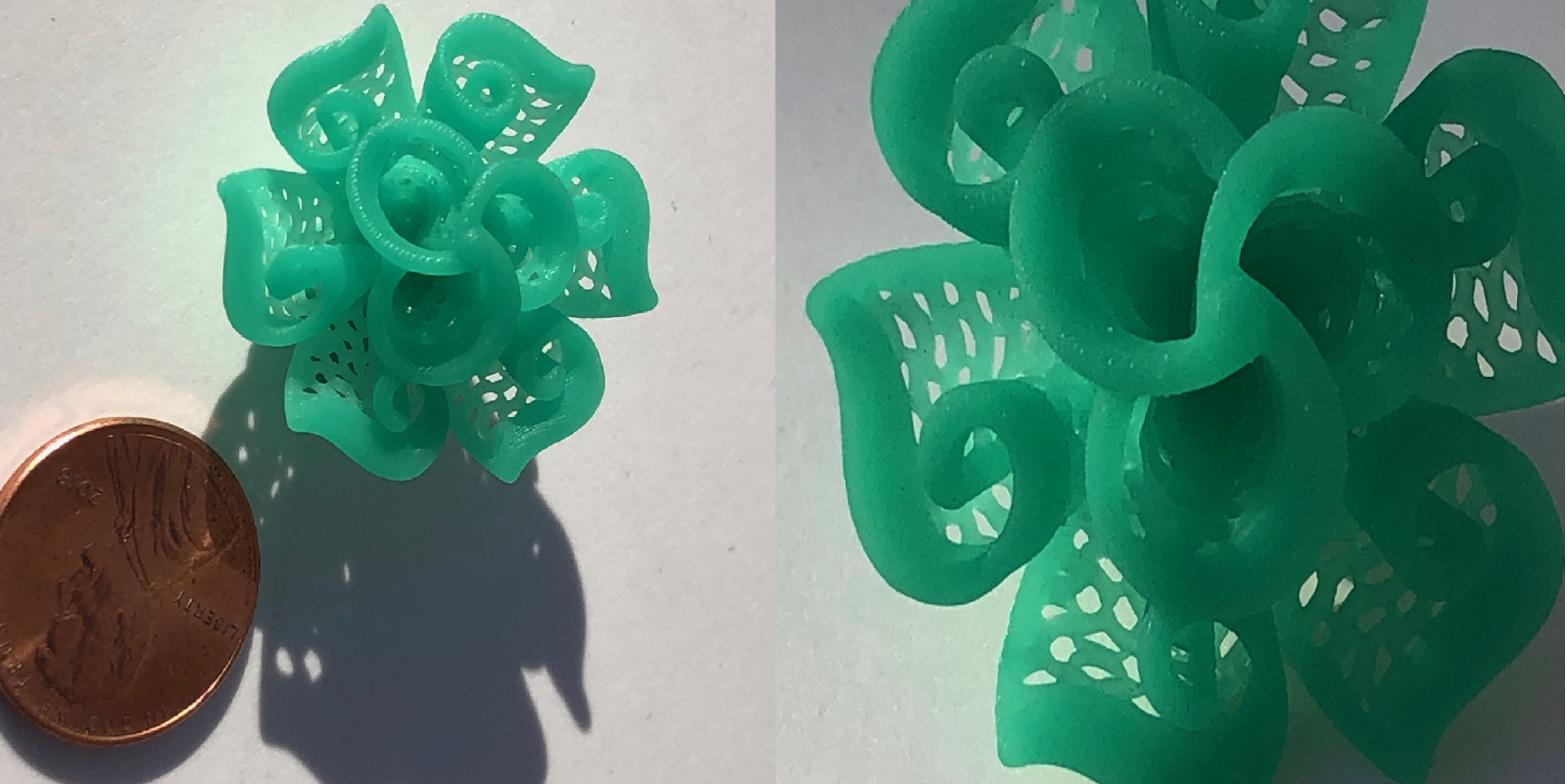3D printing technology is seriously cool and can turn your ideas into reality! At its core, this tech works by layering materials to create a three-dimensional object from a digital file. Imagine being able to design something on your computer and then hitting print, just like with a regular printer. But instead of paper, you’re getting a physical item!
So, how does it all work? First, you need a 3D model. You can either create one from scratch using design software or download a ready-made model from a site like Thingiverse. Once you have your model, you’ll use slicing software to prepare it for printing. This software breaks down the model into layers and generates a G-code, which tells the printer exactly how to build your object layer by layer.
After that, you’re ready to print! Most home printers use materials like PLA or ABS plastic. These materials come in spools and are fed into the printer. The printer heats up the material, extruding it to lay down the first layer. Then it moves up and repeats the process, building your design from the ground up. It’s pretty amazing to see it come to life!
One thing to keep in mind is that the quality of your print can depend on a few factors, like printer type and settings. Budget printers might not give you the best results, but they’re great for beginners. As you get more into 3D printing technology, you can experiment with more advanced machines to get professional-looking results.
Explore Different Types of 3D Printers
When it comes to 3D printing technology, not all printers are created equal. There’s a whole world of options out there, each designed for different needs and projects. Whether you’re a hobbyist aiming to make cool models or a professional looking to create prototypes, you’ll find a printer that’s just right for you.
First up, we have FDM (Fused Deposition Modeling) printers. These are the most common type of 3D printers you’ll see. They work by melting plastic filament and layering it to build your design. They’re perfect for beginners since they’re affordable and user-friendly. Plus, you can find a huge range of colors and materials, which makes experimenting a breeze.
Next, let’s talk about SLA (Stereolithography) printers. If you need high-detail prints, these are the way to go. They use a laser to cure liquid resin layer by layer, resulting in incredibly smooth finishes. Artists and designers often prefer SLA for miniatures or intricate designs because it can capture every tiny detail.
Another option is DLP (Digital Light Processing) printers. They’re similar to SLA in that they use light to cure resin, but they flash an entire layer all at once instead of a laser tracing it out. This means DLP printers can be faster for certain jobs, while still providing high detail.
Finally, if you’re looking for something truly cutting-edge, consider SLS (Selective Laser Sintering) printers. These bad boys use a laser to fuse powdered materials together. They’re typically used in industries due to their ability to work with metal and other materials and create super strong parts. Just keep in mind, they can be a bit pricier and complex to master!
Dental Rodin Castable Resin for 3D Printing 1 Kg
Create precise dental models and restorations with this easy-to-use castable resin
Product information
$269.95
Product Review Score
4.5 out of 5 stars
213 reviewsProduct links
Find the Right Materials for Printing
Choosing the right materials is key to getting the best results from your 3D printing technology. Different projects require different materials, so it’s important to know what’s out there and how each type works.
PLA: This is a popular choice for beginners. PLA is easy to print with and works well for most basic projects. It’s biodegradable and comes in lots of fun colors, so it’s perfect for toys, decorations, and prototypes.
ABS: If you need something tough and heat-resistant, ABS is the way to go. It’s strong and durable, making it great for functional parts. Just keep in mind that it does require a bit more attention during printing, like a heated bed to reduce warping.
PETG: This one’s a happy medium between PLA and ABS. It's durable like ABS but easy to print like PLA. If you want your prints to be food-safe or you plan to use them outdoors, PETG is a solid option.
Don’t forget about specialty filaments too! There are flexible materials, like TPU, which work well for custom grips or wearables. Then there are filaments infused with metals or wood for some cool textures. Whatever you’re dreaming up, there's likely a material that fits your 3D printing technology needs perfectly!
Rainbow PLA Filament 1.75mm for 3D Printing
Vibrant colors and smooth printing for your creative projects
Product information
$29.99 $26.99
Product Review Score
4.65 out of 5 stars
216 reviewsProduct links
Applications of 3D Printing in Daily Life
3D printing technology has found its way into our everyday lives in some pretty exciting ways. Imagine needing a phone stand but not being able to find one that fits just right. With 3D printing, you can whip up a custom stand right from home. It’s all about creating items tailored to your needs.
One of the coolest applications of 3D printing technology is in healthcare. Doctors use it to create models of organs, which helps in planning surgeries. It’s super helpful for teaching too! Medical students can practice on realistic models. Some hospitals even print prosthetics, making them affordable and perfectly fitted.
You’ll also see 3D printing in the world of fashion and art. Designers are using it to create unique clothing and accessories that you can’t find in stores. Artists are pushing boundaries by making sculptures and installations that come to life with intricate details. It’s all about personal expression and innovation.
Don’t forget about the potential in education. Schools are using 3D printers to teach kids about engineering, design, and creativity. It sparks imagination and gives students a hands-on way to learn about concepts they might find hard to grasp otherwise.
From home goods to medical advancements, 3D printing technology is transforming how we create and interact with the world. Whether it's making life a little easier or opening doors to new creative possibilities, it's becoming a part of our daily routines in ways we never thought possible.







